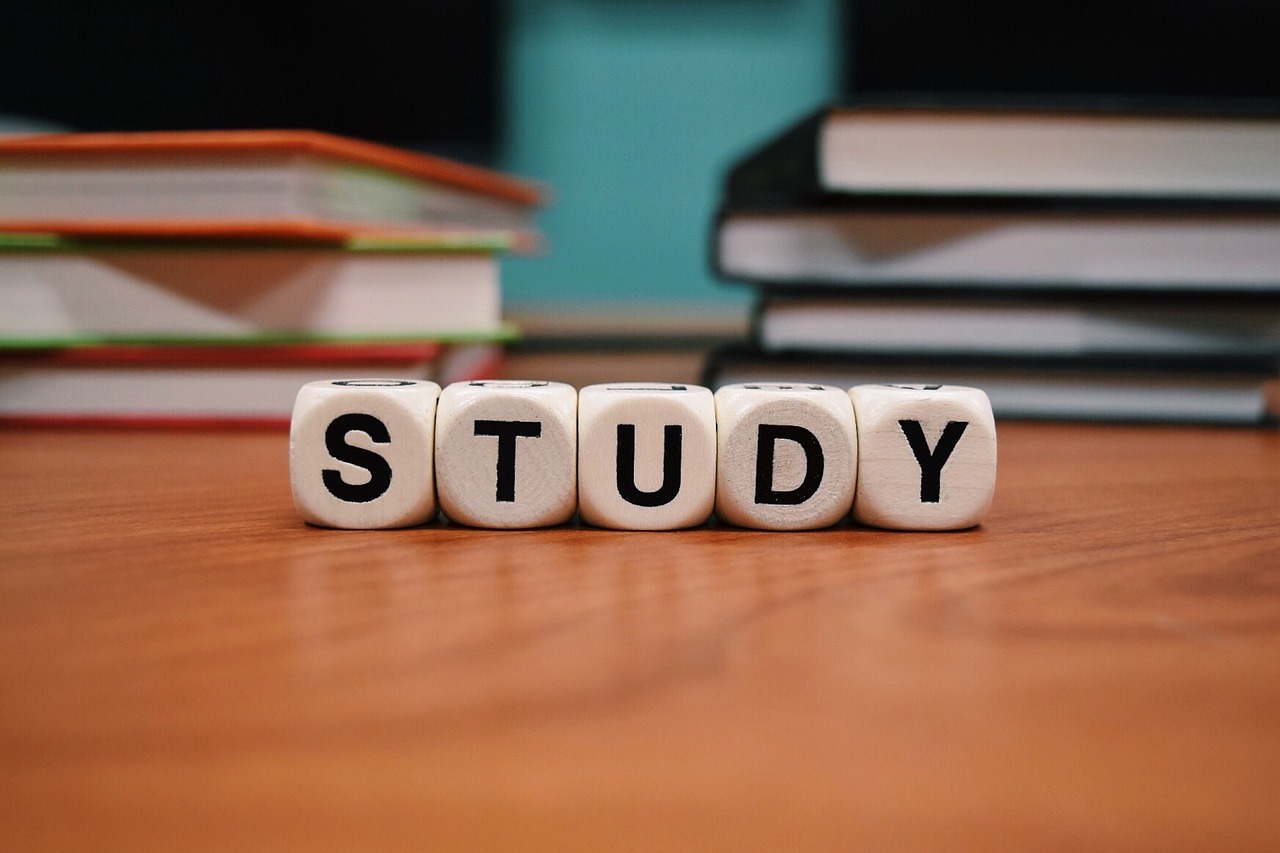Personalized Learning Platforms: Tailoring Education to Individual Student Needs
One common challenge in traditional classroom settings is the limited ability for personalized instruction. With a large number of students in a class, teachers often struggle to tailor lessons to meet the unique needs of each learner. This can result in some students feeling left behind or not sufficiently challenged, leading to a lack of engagement and motivation.
Additionally, traditional classrooms may face limitations in promoting independent learning and critical thinking skills. In a setting where the focus is primarily on rote memorization and standardized testing, students may not have the opportunity to explore subjects in-depth or develop creative problem-solving abilities. This can hinder their long-term academic and professional success as they may not acquire the necessary skills to thrive in a fast-paced and ever-changing world.
Benefits of Personalized Learning Platforms
Personalized learning platforms offer tailored educational experiences to students, catering to their individual learning styles and paces. By providing customized content and activities, these platforms enable students to engage more deeply with the material and grasp concepts more effectively. This personalized approach helps to boost student motivation and confidence, leading to improved academic performance and a greater sense of achievement.
Furthermore, personalized learning platforms allow educators to track student progress and identify areas where additional support may be needed. This data-driven approach enables teachers to provide targeted interventions and personalized feedback to help students overcome learning obstacles. Ultimately, the flexibility and adaptability of personalized learning platforms create a more dynamic and engaging learning environment, empowering students to reach their full academic potential.
Personalized learning platforms offer tailored educational experiences to students
Customized content and activities help students engage more deeply with material
Boosts student motivation and confidence, leading to improved academic performance
Educators can track student progress and identify areas where additional support is needed
Data-driven approach enables targeted interventions and personalized feedback
Creates a dynamic and engaging learning environment for students
How Personalized Learning Platforms Work
Personalized learning platforms operate by employing advanced algorithms that analyze a student’s performance and abilities. These platforms assess the individual’s strengths and weaknesses, tailoring the educational content to suit their specific needs. By adapting the curriculum to each student, these platforms ensure a personalized learning experience that fosters deeper understanding and retention of the material.
Furthermore, personalized learning platforms provide students with a flexible learning environment where they can progress at their own pace. This adaptability allows individuals to revisit challenging concepts or move ahead to more advanced topics as needed. By offering personalized feedback and support, these platforms empower students to take control of their own learning journey, ultimately leading to improved academic outcomes.
What are some of the challenges faced in traditional classroom settings?
Some challenges in traditional classrooms include one-size-fits-all teaching methods, limited teacher-student interaction, and the inability to cater to individual learning styles and paces.
What are the benefits of personalized learning platforms?
Personalized learning platforms offer customized learning experiences, cater to individual needs and preferences, promote student engagement, and enable students to learn at their own pace.
How do personalized learning platforms work?
Personalized learning platforms use technology to tailor educational content to individual students, track their progress, provide real-time feedback, and adapt learning materials based on performance and preferences.







